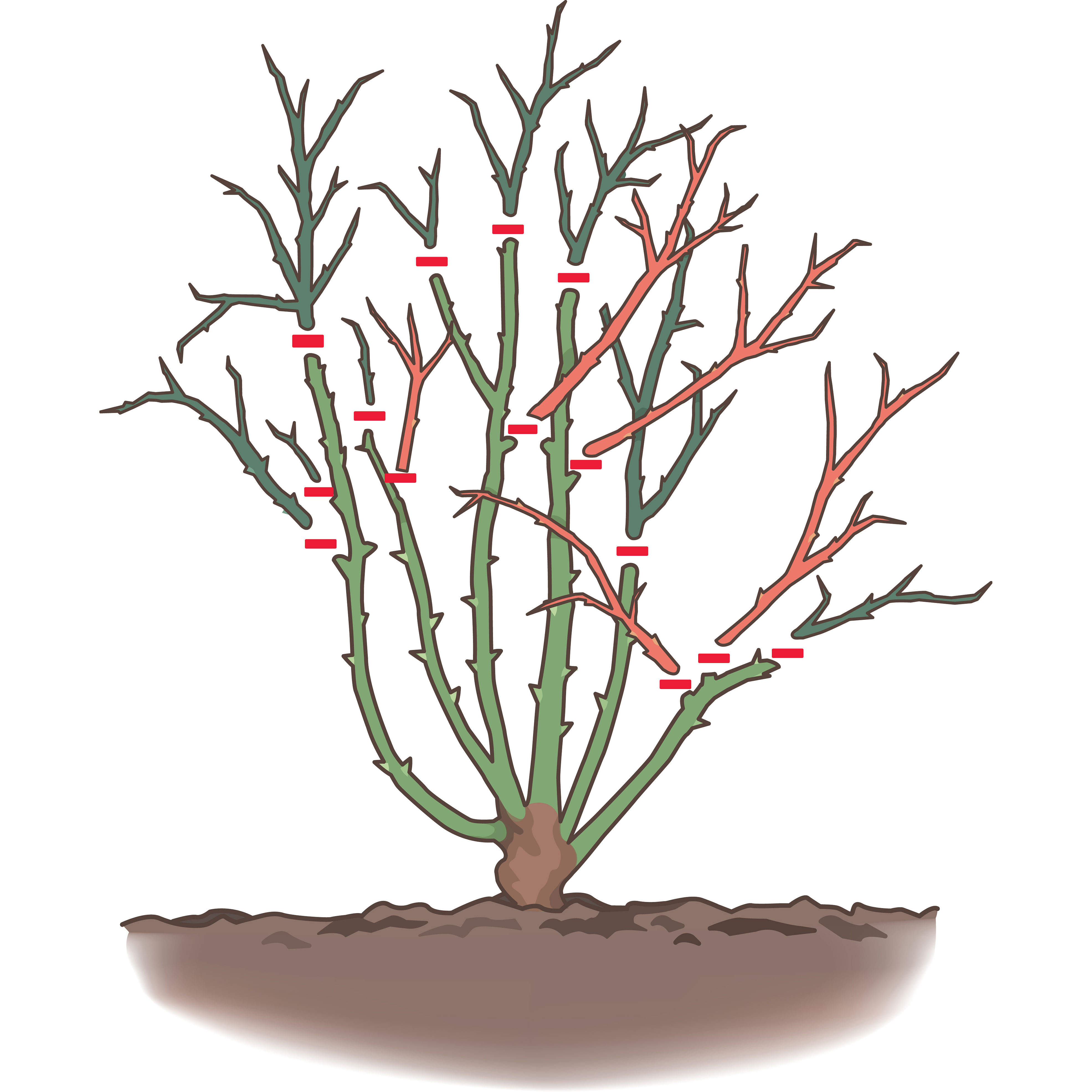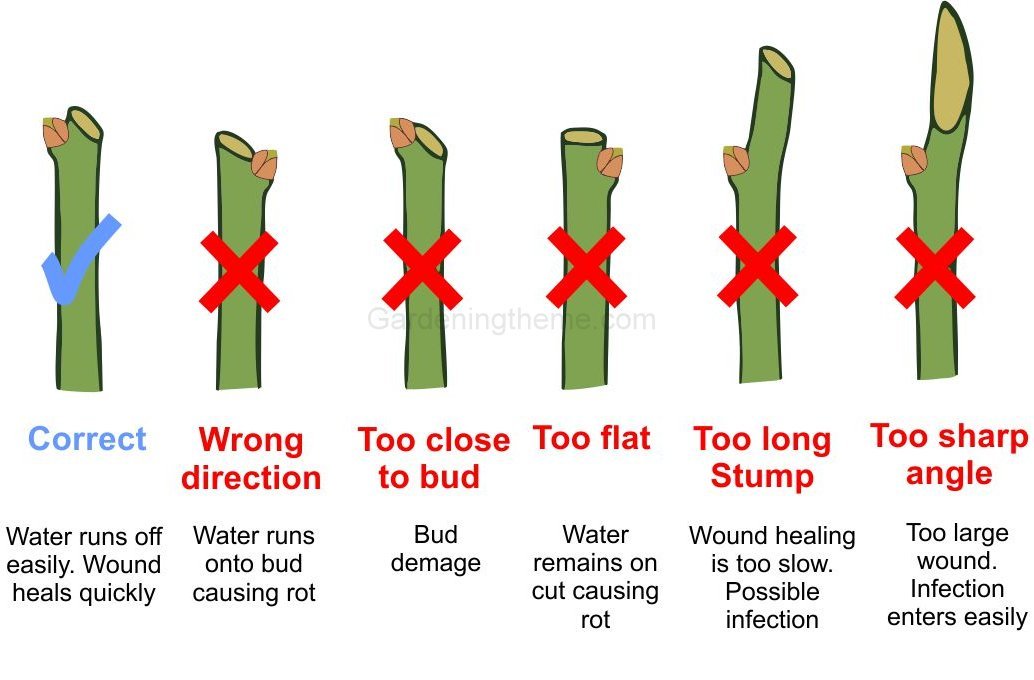How to Prune Roses for More Blooms: A Comprehensive Guide

Roses are the epitome of elegance and beauty in any garden. But did you know that pruning your roses can significantly enhance their blooms? Imagine transforming your rose garden into a vibrant, blooming paradise with just a few snips. In this comprehensive guide, we'll explore the art of rose pruning, providing you with all the techniques and tips you need to achieve a stunning display of blooms.
Understanding the Importance of Rose Pruning
Pruning is not just about maintaining the shape and size of your rose bushes; it's about encouraging new growth and promoting healthier, more abundant blooms. Think of it as giving your roses a much-needed haircut—it removes the old, dead, and diseased parts, allowing the plant to focus its energy on producing beautiful flowers.
When to Prune Roses
Timing is crucial when it comes to rose pruning. The best time to prune roses is typically in late winter or early spring, just before the plant breaks dormancy. This period allows the plant to recover quickly and direct its energy towards new growth. However, the exact timing can vary depending on your climate and the type of rose.
Late Winter/Early Spring Pruning
For most rose varieties, late winter or early spring is the ideal time for pruning. This is when the plant is just starting to wake up from its winter slumber. Pruning at this time helps to remove any dead or damaged wood, allowing the plant to focus on producing new, healthy growth.
Summer Pruning
Summer pruning is less common but can be beneficial for certain types of roses, such as repeat-blooming varieties. This type of pruning is often referred to as "deadheading," where you remove spent blooms to encourage the plant to produce more flowers.
Rose Pruning Techniques
Now that you know when to prune, let's dive into the specific techniques for pruning roses for more blooms.
Tools You'll Need
Before you start pruning, make sure you have the right tools:
- Pruning shears: These are essential for making clean, precise cuts.
- Loppers: Useful for cutting thicker branches.
- Gloves: Protect your hands from thorns and sharp edges.
- Disinfectant: Clean your tools to prevent the spread of diseases.
Step-by-Step Pruning Guide
Remove Dead and Diseased Wood: Start by removing any dead, diseased, or damaged branches. These can harbor pests and diseases, so it's important to get rid of them.
Open Up the Center: Next, remove any branches that are growing towards the center of the plant. This helps to improve air circulation and sunlight penetration, which is crucial for healthy growth.
Cut Back to Outward-Facing Buds: When pruning, always cut back to an outward-facing bud. This encourages the plant to grow outwards, creating a more open and balanced shape.
Shape the Plant: Finally, shape the plant by cutting back the remaining branches. The goal is to create a balanced, open structure that encourages new growth and blooms.
Pruning Different Types of Roses
Different types of roses require different pruning techniques. Here are some tips for common rose varieties:
- Hybrid Tea Roses: These roses benefit from a hard prune in late winter or early spring. Cut back the canes to about 12-18 inches from the ground.
- Floribunda Roses: These roses also benefit from a hard prune. Cut back the canes to about 18-24 inches from the ground.
- Climbing Roses: Climbing roses require a lighter prune. Remove any dead or damaged wood and shape the plant by cutting back the side shoots.
- Shrub Roses: These roses can be pruned lightly or heavily, depending on your preference. Remove any dead or damaged wood and shape the plant as desired.
Rose Bush Care After Pruning
After pruning, it's important to provide your rose bushes with the care they need to recover and thrive.
Watering
Make sure your roses are well-watered, especially during the growing season. Aim for about 1 inch of water per week, either from rainfall or supplemental watering.
Fertilizing
Fertilize your roses with a balanced, slow-release fertilizer in early spring. This will provide the nutrients they need for healthy growth and abundant blooms.
Mulching
Apply a layer of organic mulch around the base of your rose bushes. This helps to retain moisture, suppress weeds, and regulate soil temperature.
Pest and Disease Control
Regularly inspect your roses for signs of pests and diseases. Early detection and treatment can prevent minor issues from becoming major problems.
Conclusion
Pruning your roses is a vital part of rose gardening. By understanding when to prune roses and using the right rose pruning techniques, you can encourage your rose bushes to produce more blooms and maintain their health and beauty. Remember, pruning is not just about maintaining the shape and size of your rose bushes; it's about promoting new growth and healthier, more abundant blooms.
So, are you ready to transform your rose garden into a blooming paradise? With these tips and techniques, you're well on your way to achieving a stunning display of roses. Happy gardening!
FAQs
When is the best time to prune roses? The best time to prune roses is typically in late winter or early spring, just before the plant breaks dormancy. However, the exact timing can vary depending on your climate and the type of rose.
What tools do I need for pruning roses? You'll need pruning shears, loppers, gloves, and a disinfectant to clean your tools.
How do I prune different types of roses? Different types of roses require different pruning techniques. Hybrid tea roses and floribunda roses benefit from a hard prune, while climbing roses and shrub roses require a lighter prune.
How do I care for my rose bushes after pruning? After pruning, make sure your roses are well-watered, fertilized, and mulched. Regularly inspect them for signs of pests and diseases.
Why is pruning important for rose bushes? Pruning is important for rose bushes because it removes dead and diseased wood, improves air circulation and sunlight penetration, and encourages new growth and blooms.


0 Response to "How to Prune Roses for More Blooms: A Comprehensive Guide"
Post a Comment